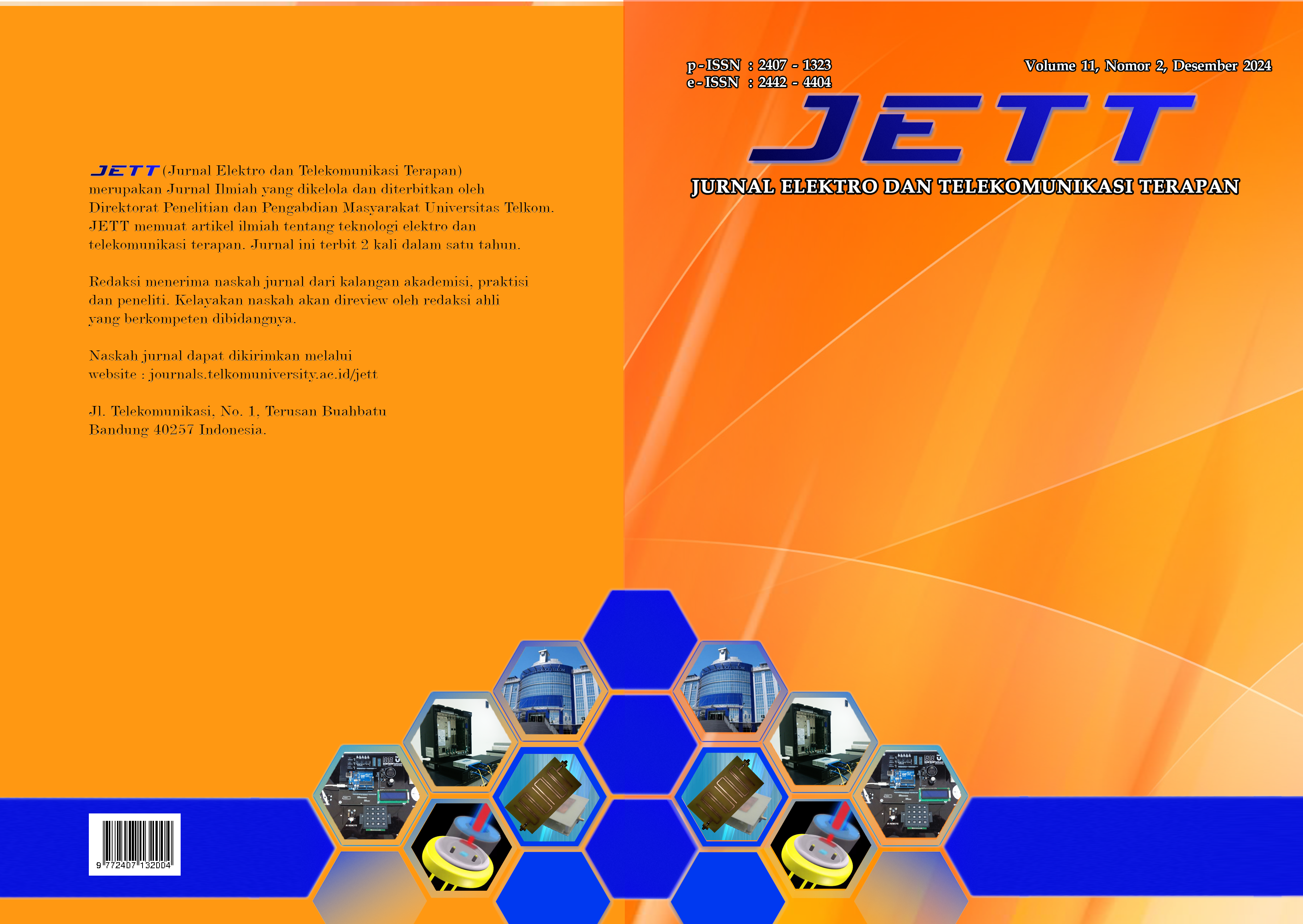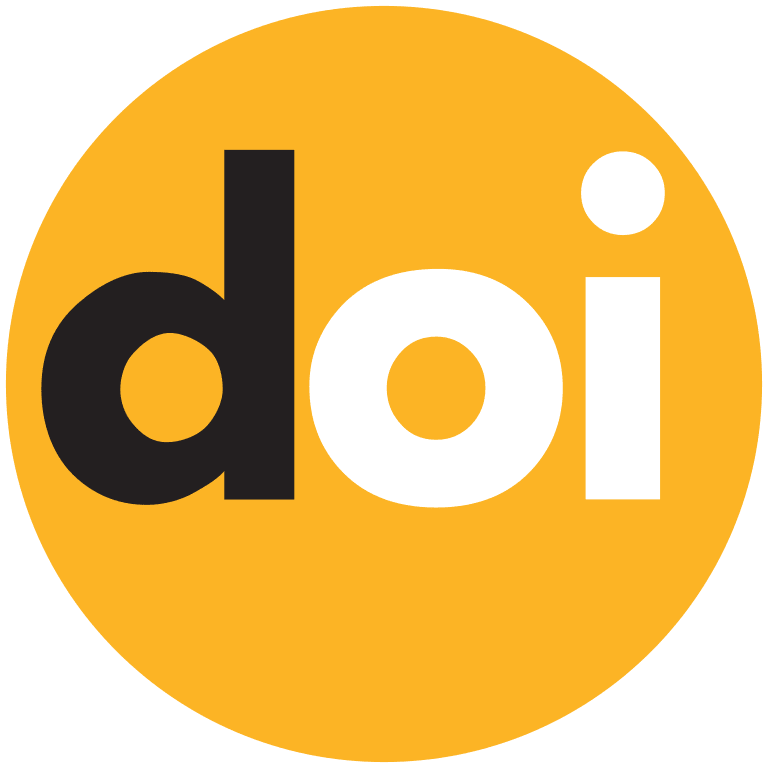| Issue | Vol. 4 No. 1 |
| Release | 25 July 2017 |
| Section | Articles |
subject
Abstract
Research to recognize hiraga
na character based image processing has been widely practiced and
even the accuracy level is close to 100%. However, the input image that used is still in the form of
japanese characters print
-
out while the handwriting has not been studied. So in this stu
dy tested the
recognition of hiragana letters derived from handwriting format. Jpeg. Of the several related
studies, the most commonly used compression approach for JPEG images is the DCT and DWT
algorithms, so both algorithms are used in this study to be
tested and compared their performance.
In the system tested 45 images of 3 people handwriting hiragana character with KNN
-
based
classification where previously 45 different images of the 3 people are trained by each DWT and
DCT algorithms. The result is ba
sed on the distance parameters that exist in the KNN algorithm,
the DWT algorithm is superior to the DCT algorithm. The achievement of the maximum accuracy
level obtained for each DWT
-
DCT algorithm is on the cityblock distance parameter 82.61%
(DWT) and co
rrelation distance 58.70% (DCT).
format_quoteCitationfile_copyCopy
[1]
Aulia, S. and Setiawan, A. 2017. PENGENALAN TULISAN TANGAN KARAKTER HIRAGANA MENGGUNAKAN DCT, DWT, DAN K-NEAREST NEIGHBOR. Jurnal Elektro dan Telekomunikasi Terapan (e-Journal). 4, 1 (Oct. 2017), 467. DOI:https://doi.org/10.25124/jett.v4i1.993.
license
License
Copyright Notice
An author who publishes in the Jurnal Elektro dan Telekomunikasi Terapan agrees to the following terms:
- Author retains the copyright and grants the journal the right of first publication of the work simultaneously licensed under the Creative Commons Attribution-NonCommercial 4.0 International License that allows others to share the work with an acknowledgement of the work's authorship and initial publication in this journal
- Author is able to enter into separate, additional contractual arrangements for the non-exclusive distribution of the journal's published version of the work (e.g., post it to an institutional repository or publish it in a book) with the acknowledgement of its initial publication in this journal.
- Author is permitted and encouraged to post his/her work online (e.g., in institutional repositories or on their website) prior to and during the submission process, as it can lead to productive exchanges, as well as earlier and greater citation of the published work (See The Effect of Open Access).
Read more about the Creative Commons Attribution-NonCommercial 4.0 International License. here: http://creativecommons.org/licenses/by-nc/4.0/.
Privacy Statement
The names and email addresses entered in this journal site will be used exclusively for the stated purposes of this journal and will not be made available for any other purpose or to any other party.
Downloads
Download data is not yet available.


